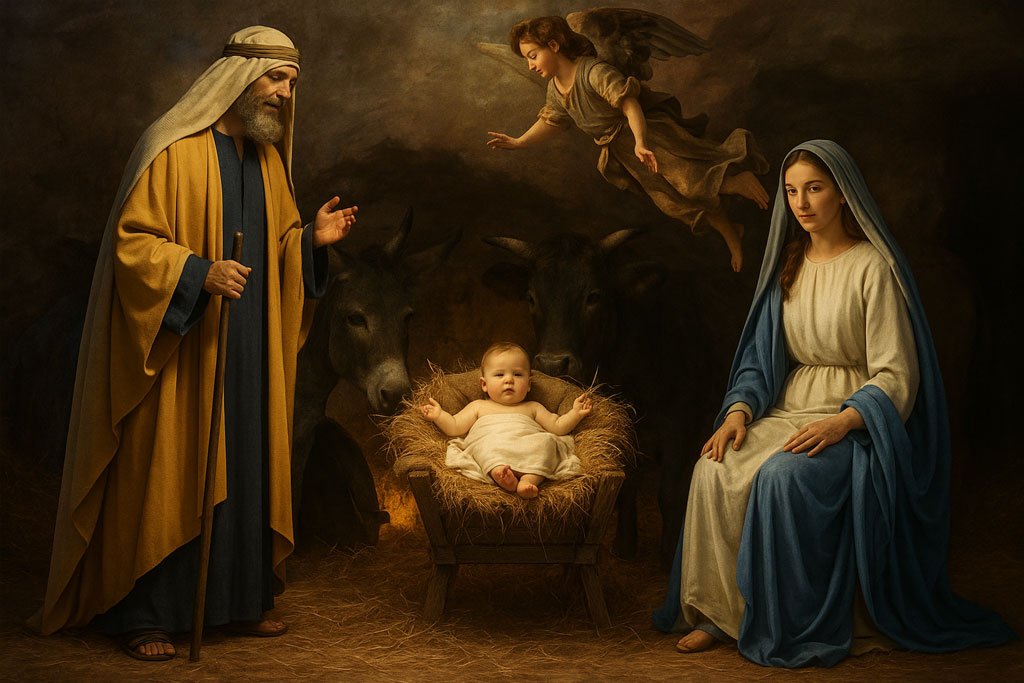The Nativity, fresco by Giotto, c. 1305–06, depicting the birth of Jesus; in the Scrovegni Chapel, Padua, Italy.ART Collection/Alamy
Christmas
How can the church of Jesus Christ accepts this type of pictures to represent our Lord Jesus of Nazareth. Our Lord Jesus Christ who suffered, died and shed His precious blood for the salvation of the world. This shows nothing but the mockery of the entire Christendom. Despite the fact that God emphatically commanded us believers not to make any images. We have definitely ignored the commandments of the Almighty God. Who loved us so much that He came to the world in the person of Jesus Christ His son. The screen references above made it clear that we as the church of Jesus Christ shouldn’t make images of any creature, let alone the image of Jesus Christ. It was God’s first commandment that He Forbes is the making of images.
Origin And Development
The early Christian community distinguished between the identification of the date of Jesus’ birth and the liturgical celebration of that event. The actual observance of the day of Jesus’ birth was long in coming. In particular, during the first two centuries of Christianity there was strong opposition to recognizing birthdays of martyrs or, for that matter, of Jesus. Numerous Church Fathers offered sarcastic comments about the pagan custom of celebrating birthdays when, in fact, saints and martyrs should be honoured on the days of their martyrdom—their true “birthdays,” from the church’s perspective.
TOP QUESTIONS
- What is Christmas?
- When is Christmas celebrated?
- How is Christmas celebrated?
- Does Christmas have pagan roots?
- Did Christmas start in Germany?
Why is Christmas in December? Learn why Christmas is celebrated on December 25.Encyclopædia Britannica, Inc.
The precise origin of assigning December 25 as the birth date of Jesus is unclear. The New Testament provides no clues in this regard. December 25 was first identified as the date of Jesus’ birth by Sextus Julius Africanus in 221 and later became the universally accepted date. One widespread explanation of the origin of this date is that December 25 was the Christianizing of the dies solis invicti nati (“day of the birth of the unconquered sun”), a popular holiday in the Roman Empire that celebrated the winter solstice as a symbol of the resurgence of the sun, the casting away of winter and the heralding of the rebirth of spring and summer. Indeed, after December 25 had become widely accepted as the date of Jesus’ birth, Christian writers frequently made the connection between the rebirth of the sun and the birth of the Son. One of the difficulties with this view is that it suggests a nonchalant willingness on the part of the Christian church to appropriate a pagan festival when the early church was so intent on distinguishing itself categorically from pagan beliefs and practices.
